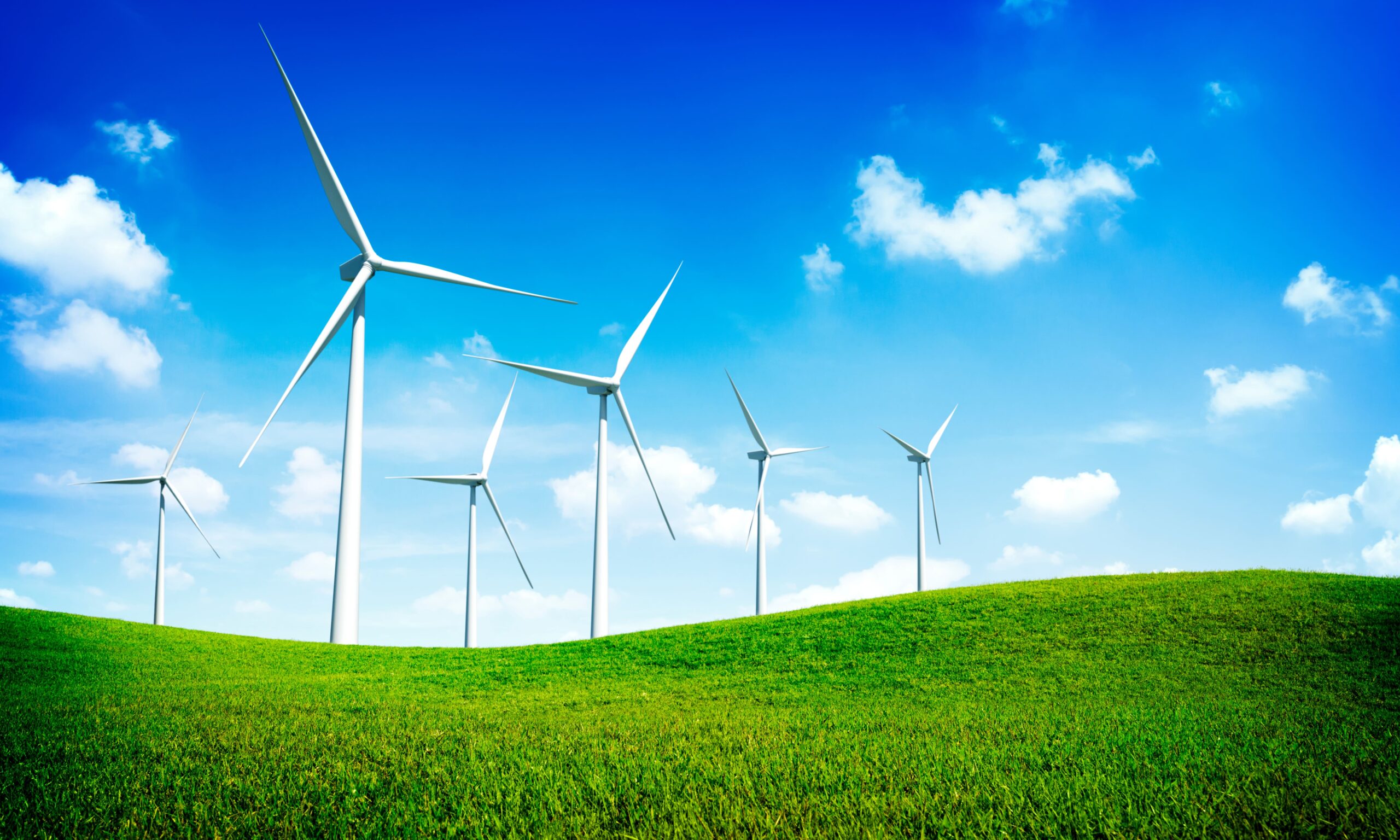Wind power energy is an important renewable energy source with several benefits and challenges. This article provides a clear and straightforward explanation of the key advantages and disadvantages of wind power.
What is Wind Power Energy?
Wind power energy is the process of converting the kinetic energy from the wind into electrical energy. This conversion is typically done using wind turbines. Wind turbines have large blades that rotate when the wind blows. This rotation turns a generator inside the turbine, which then produces electricity. Wind energy is a clean, renewable source of power because it generates electricity without emitting pollutants or greenhouse gases.
Advantages of wind power energy
Good for the environment
Wind energy is environmentally friendly because it doesn’t release harmful gases or pollutants into the air. Unlike burning fossil fuels like coal or oil, wind turbines generate electricity without causing air pollution or contributing to climate change. This makes wind power a clean energy source that helps protect our planet.
Energy independent
Using wind power can reduce a country’s dependence on imported fossil fuels. By generating electricity using wind, which is a local resource, countries can rely less on buying energy from other places. This can be especially important for national security and economic stability, as it reduces the impact of fluctuating oil and gas prices and ensures a more consistent energy supply.
Unlimited energy source
Wind is a renewable resource, which means it will not run out like oil or gas – non-renewable resources. As long as the wind keeps blowing, we can use it to generate electricity. This makes wind power a sustainable energy source for the future, ensuring that we have a consistent supply of energy without depleting the Earth’s resources.
Encourages technological growth
The development of wind power encourages technological advancements. As we look for ways to make wind turbines more efficient and cost-effective, this drives innovation in engineering and technology. These advancements can benefit other areas of renewable energy and technology as well.
Disadvantages of wind power energy
Intermittency issues
One of the main challenges of wind power is its unstability. Wind doesn’t blow all the time, and it isn’t always stable strongly enough to generate electricity. This means that wind power can be unpredictable and unreliable at times. We need to have backup power sources or energy storage systems to ensure a steady electricity supply when the wind isn’t strong.
Environmental and wildlife concerns
Even though wind power is environmentally friendly overall, there can be local environmental impacts. For example, wind turbines can be harmful to birds and bats that might fly into them. Also, building large wind farms can affect local ecosystems, especially if they’re in sensitive areas.
Noise and visual impact
Wind turbines can be quite noisy, which can be a problem for people living nearby. They also change the look of the landscape, which some people might not like. The appearance and noise of wind turbines can sometimes lead to local opposition to new wind farms.
Challenges in remote locations
Wind turbines tend to be located in remote or unconvinient locations. This includes offshore wind farms, which can be particularly costly to set up and maintain. These logistical challenges can make wind power less feasible in certain areas.
Setting up wind power can be also expensive. The cost of building wind turbines and setting up a wind farm can be high, although these costs have been decreasing over time. Additionally, wind farms need ongoing maintenance, which can also be costly.



Comments